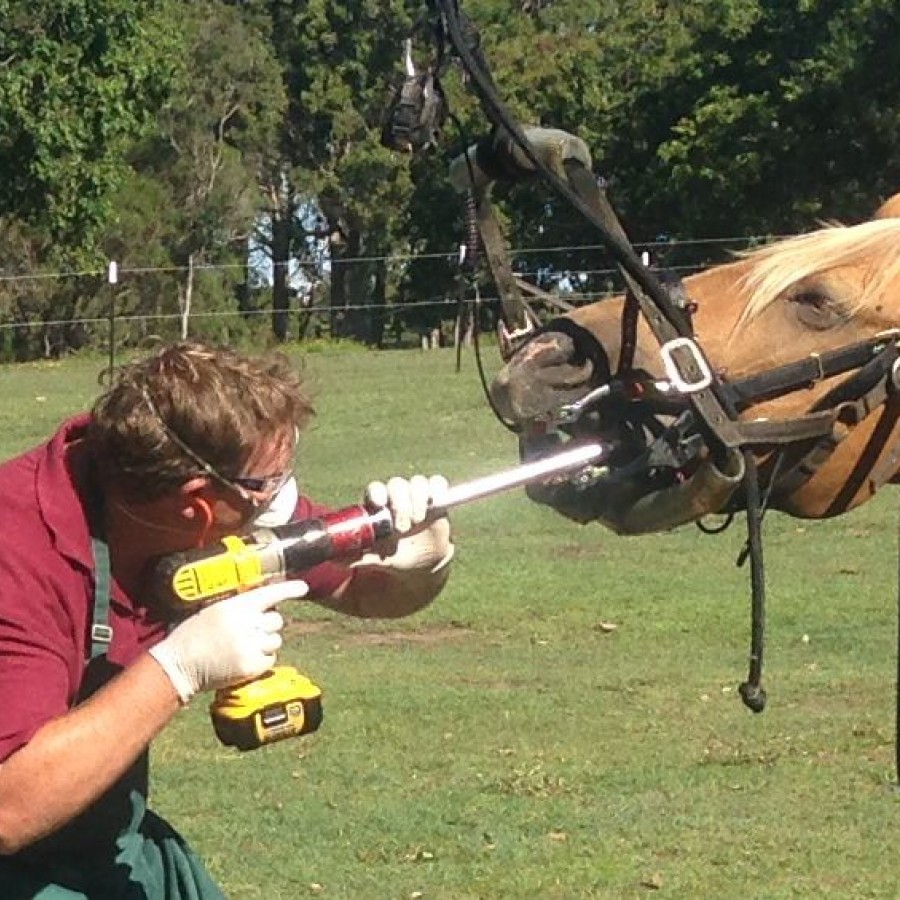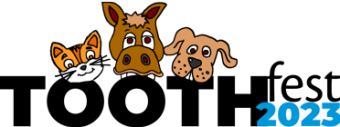

by Gary Wilson
BVSc MVSc MACVSc CMAVA Cert Teach
Adjunct Professor, School of Veterinary Science, University of Queensland
The discipline of equine dentistry involves the diagnosis, treatment and prevention of equine dental conditions and diseases that affect the oral cavity and jaws. It has always been an integral component of equine veterinary practice. It certainly is not just the rasping of horses' teeth.
The horse's teeth differ anatomically from ours and from those of dogs and cats. Our teeth (and those of dogs and cats) are simple teeth which erupt over a short period of time with no further growth after full eruption. They have a crown with an outer layer of enamel which covers the dentine (or ivory) layer and a central hollow core containing nerves and blood vessels (which are collectively known as the pulp). Living, healthy pulp is essential for nutrition of the dentine and survival of the tooth.
Enamel is basically an inert layer which is not replaced as it wears away. It is the hardest substance in the body. The dentine is a living layer which is continually produced internally which, in turn, makes the pulp chamber smaller with time. The dentine has fine tubules running from the pulp almost to the enamel. These dentinal tubules contain sensory processes (called odontoblastic processes) which are primitive nerves which receive all stimuli as pain. Hence, when our enamel becomes too thin we get sensitive teeth.
When these odontoblastic processes are continually stimulated, they seal the tubule off with reparative dentine and the pulp begins to retreat (i.e. dentine is laid down at a faster rate). This is an evolutionary trait to prevent pulp exposure associated with wear. If the rate of wear is too fast, pulp exposure occurs, bacteria gain access to the pulp and the pulp dies and the tooth will abscess.
This system would not work for animals grazing abrasive pastures. The teeth would be lost at an early age due to excessive rates of wear. To combat this, horses have evolved with a different structure to their teeth. The teeth have large folds in the enamel to increase the surface area. They also erupt over a very long period of time to combat the continual wearing away of the surface (they have a reserve crown). The enamel of the reserve crown (in the jaws) is covered by cementum (the material which covers the roots of our teeth) to allow attachment of the periodontal ligament which holds the tooth in the socket.
As the equine tooth wears away at the surface, the enamel folds are worn exposing the dentine and leaving a series of ridges of enamel interspersed with dentine and cementum (both of which are softer than enamel). The dentine and cementum wear down slightly faster than the enamel hence the enamel ridges on the surface. This roughened surface increases the efficiency of mastication (chewing) of the pasture.
The wear process occurs at a fairly uniform rate which allows the pulp to readily retreat as dentine is laid down to seal it. Under normal circumstances pulp exposure will not occur due to attrition (wear). Excessive rasping especially of the tooth surfaces will smooth the tooth, reduce the efficiency of mastication (or even prevent it), expose the dentinal tubules (hence cause pain after the procedure) or, in the worst case scenarios, cause a pulp exposure.
The procedures performed in equine dentistry include removal of sharp enamel points, removal of hooks and protrusions, extraction of wolf teeth, removal of retained caps, creating bit seats, treatment of malocclusions, reduction of canine teeth, reshaping teeth and balancing the arcades, treatment and prophylaxis for periodontal disease, extraction of incisors, canines and cheek teeth, repair of damaged teeth, root canal therapy, pulp capping for pulp exposure, mandibular and maxillary fracture repair, sinus exploration, soft tissue surgery of the oral cavity, treatment of oral cancers, cleft palate repair, dental and oral radiography as well as other imaging techniques. Most of these procedures require the administration of appropriate tranquillizers, analgesics or anaesthetics at carefully selected dosage regimes. All procedures can have long term consequences for the welfare of the horse.
The correct practice of equine dentistry requires extensive knowledge and understanding of anatomy, embryology, physiology, pharmacology, anaesthesiology, pathology, neurology, radiology, medicine and surgery. These disciplines are intimately involved in the decision making processes required for the best and most humane treatment option for each individual case.
Graduate veterinarians have studied these disciplines at an accredited veterinary school for a minimum of five years. These courses are purposely broad-based and supply the necessary knowledge to be used in the practical application of equine dentistry and for monitoring the overall health and welfare of the horse. The graduate can then make decisions for the benefit of the horse and allow for the optimal treatment to be selected and performed in the most humane and stress-free method currently available.
All veterinarians are held accountable for treatments performed and will continue to advance their knowledge and training throughout their careers through post-graduate courses, residencies and in-depth continuing education seminars and workshops. In fact, if called before a disciplinary committee, competency will be assessed compared with current treatment options. Many equine practitioners [over 200 in Australia now] have attended advanced training workshops in equine dentistry. The tutors at these workshops are Australian and overseas experts who are recognised internationally as leaders in the discipline of equine dentistry.
In order to protect the public against unskilled or unethical practice, the veterinary profession has a strict code of practice guidelines and veterinarians must renew their registration with the relevant Veterinary Surgeons Board annually. All veterinarians must have public liability and professional indemnity insurance which is added protection for the public and their animals.
Training for non-veterinarians in equine dentistry (lay equine dental technicians - EDTs) has required no formal educational processes. Several lay training centres have been established by various groups around the world with varying levels of certification. The main requirement for entry is the payment of the appropriate fees.
Many of these courses are created by self-proclaimed experts with no formal training themselves. One of the largest organizations was started by an individual who was convicted in the Nebraska Supreme Court of practicing veterinary medicine without a licence (he had, in the course of treating a horse, severed the palatine artery). The court ruling in this case states "an injunction in this case prohibits .. from injuring animals and protects consumers who wish to obtain proper dental care for their horses". He then moved to another state and here opened his equine dentistry training establishment which certifies participants at various levels including "master equine dentist".
Many of the conditions they purport to treat do not, in fact, exist and some of their treatments are detrimental to the horse. Unfortunately there are no regulatory bodies to control these operators who, in turn, manage to convince horse owners that they are the experts and the treatments they perform are necessary.
Problems after treatments by some of these EDTs have increased with the increased usage of power tools. The most frequent is removal of excess amounts of tooth material which exposes the sensitive dental tissue (i.e. leaves the horse in pain) and a reluctance to eat after treatment. Thermal pulp damage and subsequent tooth death is another and more insidious outcome of incorrect usage of power tools. This may take months to years to become evident and then will most likely not be thought to be associated with a previous treatment.
Lack of accountability of the lay operators is evident if one looks at the response to a client complaint about this issue:
This complaint was regarding the treatment of a horse by an "advanced certified equine dentist". After treatment the horse was drooling and shaking. It refused to drink and was reluctant to try to eat. Later examination by two separate experienced equine veterinarians (one of these is very experienced in equine dentistry) concluded that an excessive amount of tooth had been removed and that multiple pulp chambers had been exposed.
When the owner contacted her regarding this treatment, her written reply was:
"Your attitude and way of dealing with this is laughable. Obviously your 'qualified dentist' doesn't have a clue about tooth structure, as if they did then they would know that hitting the pulp chamber on every tooth in the head was NOT POSSIBLE! That is very very laughable."
Unfortunately for the horse, it is possible to expose pulp chambers on every tooth. In fact it is even possible to expose multiple pulps on the same tooth.
Complications that I have seen due to incorrect treatment include excessively smooth molar arcades (unable to chew food), pulp exposures, dental sensitivity, fractured teeth, fractured jaws, haemorrhage, abscessation, tooth death, head shaking, reluctance to eat and drink, behavioural changes when ridden, and severe conditions that have been missed or mis-diagnosed. I have examined horses that supposedly had teeth extracted (and charged for) and found that the teeth were still there. The worst cases involve older horses that have been taken out of occlusion and can no longer eat and end up being euthanased on welfare grounds.
There are also many cases of injury and complications associated with illegal sedation by lay persons. Sedation is not without its own risks and requires understanding of the pharmacology of the substance as well as possible side effects and their treatment.
It is not in the interest of the animals' welfare that power equipment be used by non-veterinarians. They cannot be used safely without adequate sedation and the level of knowledge required to decide when and how to use them correctly presumes detailed understanding of the underlying principles of veterinary science. Certainly, hand instruments can be used incorrectly but the process would be slower and much less likely to occur.
There are many very good, experienced EDTs who are gentle and caring with their approach to the horse. They will be able to correctly perform floating of horses' teeth with minimal restraint. How does the horse owner identify these operators from the others? Without regulations, this is difficult, but the EDT should not be attempting procedures such as extractions, use of power equipment or leaving a horse with dental sensitivity. Most horses will start eating immediately after the teeth are rasped. Reluctance to eat or drink is usually associated with dental pain.
Lay dental technicians should be restricted to the rasping of sharp enamel points with hand instruments (the commonest procedure performed in equine dentistry) and removal of loose caps. This is an animal welfare issue and good operators can complete these procedures without sedation and minimal interference to the horse. It will make the majority of horses immediately more comfortable and the technician can record more serious conditions that will require referral to a suitably qualified equine veterinarian.

